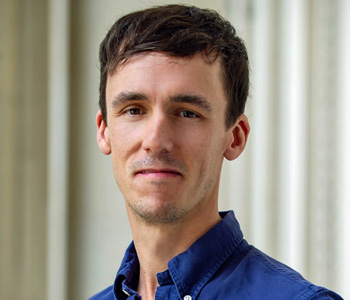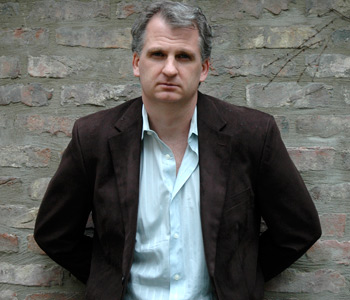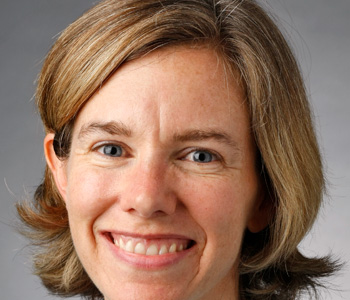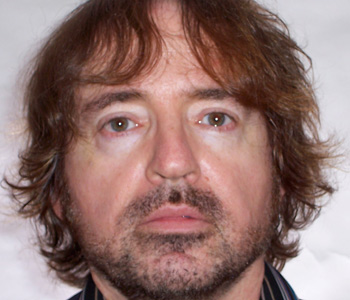Mark McGurl
The Program Era: Postwar Fiction and the Rise of Creative Writing
Harvard University Press
480 pages, 9 x 6 inches
ISBN 978 0674033191
As recently as the 1930s there were no creative writing programs, and now there are hundreds. My book The Program Era is a literary history of postwar America that puts this remarkable fact at its center, asking what it means that most serious writers in the U.S. now teach creative writing, and are themselves graduates of writing programs.
This would be an important story if only for the magnitude of the transformation of literary institutions it suggests. But what gives it an extra edge is our widespread discomfort with the very idea of institutionalizing art. Shouldn’t writers be out having adventures at sea, or living in a garret in Paris? Won’t the teaching of creative writing in a workshop setting make everyone sound alike?
No one has worried more about these questions than creative writers, who have had to balance their sense of themselves as artist-outsiders with their desire for a more steady paycheck than writing alone can now provide. No wonder, then, that the stressful relation between creativity and the institution came to define so many postwar literary careers, and bubbles beneath so many postwar literary works.
My goal in telling this history is neither simply to condemn nor to celebrate the rise of creative writing, but to use it as a way to dig deeper into our understanding of art and institutions alike.

The stressful relation between creativity and the institution came to define so many postwar literary careers, and bubbles beneath so many postwar literary works.
I came to this book when I was finishing my first book, The Novel Art, which was about how early twentieth century American writers negotiated their relation to mass culture and the market. Comparing their situation to the present day, it was obvious that one option Hemingway and Faulkner and the others didn’t have was teaching creative writing. That got me wondering how this new thing, the creative writing program, came into being. Seven years later, I had written a book about what it has meant to “program” American literature.
Throughout this process I have tried to avoid the easy assumption that this programming has been an inherently bad thing. If nothing else, this would leave us with no explanation for why so many people have wanted to be involved in it!
I decided early on that the range of intellectual reference in the book would have to be quite large. I wanted neither to write a book of pure theory, nor a straight history, but to combine elements of both. I became interested in theories and histories of systems and institutions, and in particular the school. What exactly is a school, and what were the ideas of schooling that made creative writing instruction suddenly seem like a good idea?
Also, because I didn’t want to lose sight of the interesting individuals at the center of all this systematizing, I set out to learn as much as I could about individual writing programs and the writers who were either students or teachers in them.
Finally there was the literature itself. I read tons of novels, some very well known, others quite obscure, in a furious attempt to qualify myself to make generalizations about what is, after all, a huge field.
Put all this together and you have a book that is quite unusual in careening from big individual personalities like Flannery O’Connor, Ken Kesey, and Raymond Carver to the institutional structures they inhabited, to broad generalizations about the various modes of postwar American fiction. Although there have been many fine books on postwar American literature, this one is able to show it to us in a new light.
A reader riffling through the pages of my book might be struck to see that a work of literary history has so many diagrams. What’s up with that? Don’t we go to literature to avoid things like diagrams? I would hope that the reader would find the diagrams intriguing, and see how they correspond to the more finely grained descriptions of writers and their works that make up the bulk of the book.
I have lots of favorite parts of the book, of course, but many readers have seemed particularly interested in my account of Ken Kesey. Who would have thought that one of the ultimate 1960s counterculture figures was also a creative writing program graduate? And who knew that his teacher was another important American writer, Wallace Stegner? That these two men basically hated each other is fascinating, considering how productive and revealing their relationship turned out to be. And that they were, in turn, part of a much broader cultural context—not only Stanford University but the whole Bay Area just as it was beginning to convulse into “the sixties”—gives this part of the book a lot of energy.

Schools have tried to enlist themselves in support of that ultimate form of individualism—creative writing.
It’s so easy to hate institutions. The very word has come to stand for something depressing and bad. But institutions are the medium of collective human endeavor, and need to be protected from the corrosive myths of radical individualism that would tear them down.
I confess that I love the kind of institutions called schools, and want them to thrive. And it bothers me when they are understood merely as tools of oppression and standardization. Schools can certainly be that, but shuttering or defunding them is no solution to the problems they try to solve. Better is to ask ourselves how schools can be made more responsive to our needs, including our need for creativity.
If my book can help us reach a more complex and sympathetic understanding of how schools have tried to enlist themselves in support of that ultimate form of individualism—creative writing—it will have done something worthwhile.




We don't put paywalls. We don't distract you with ads. We don't sell your data.
Please help to keep this running!